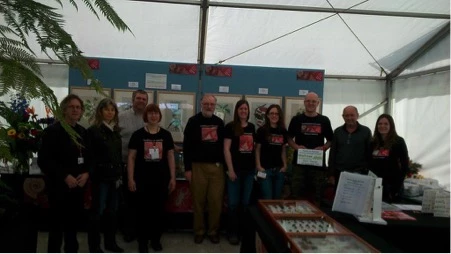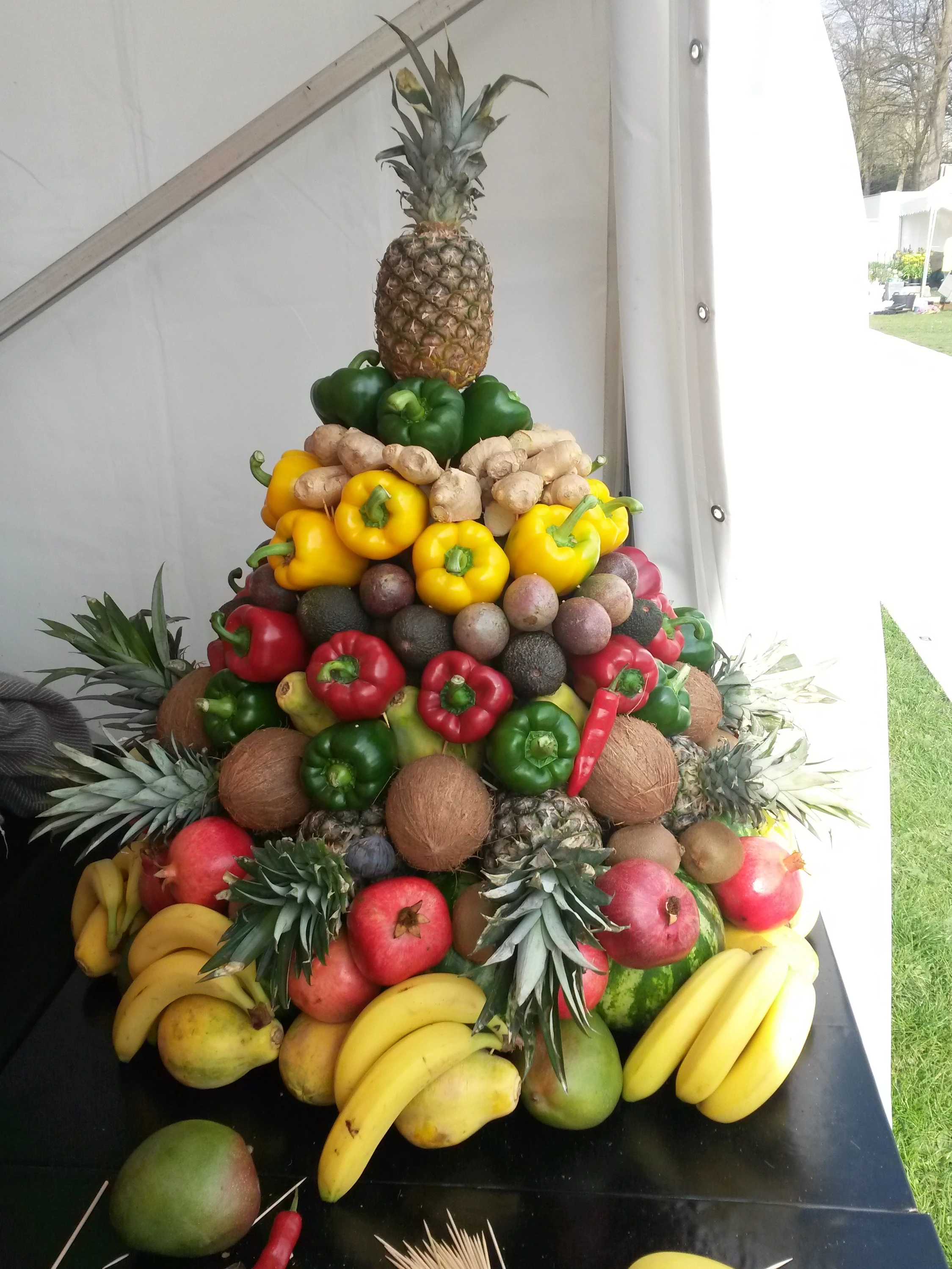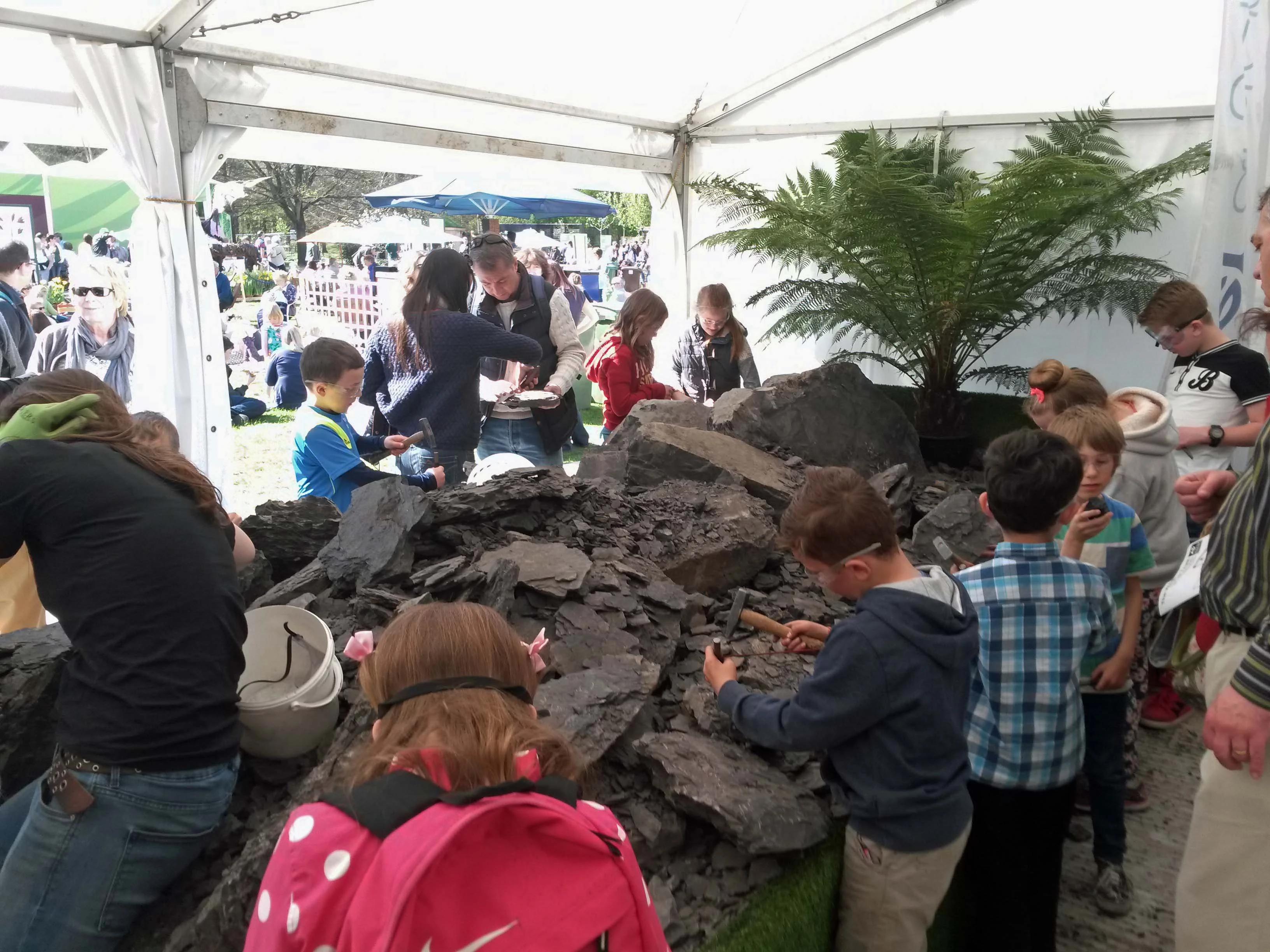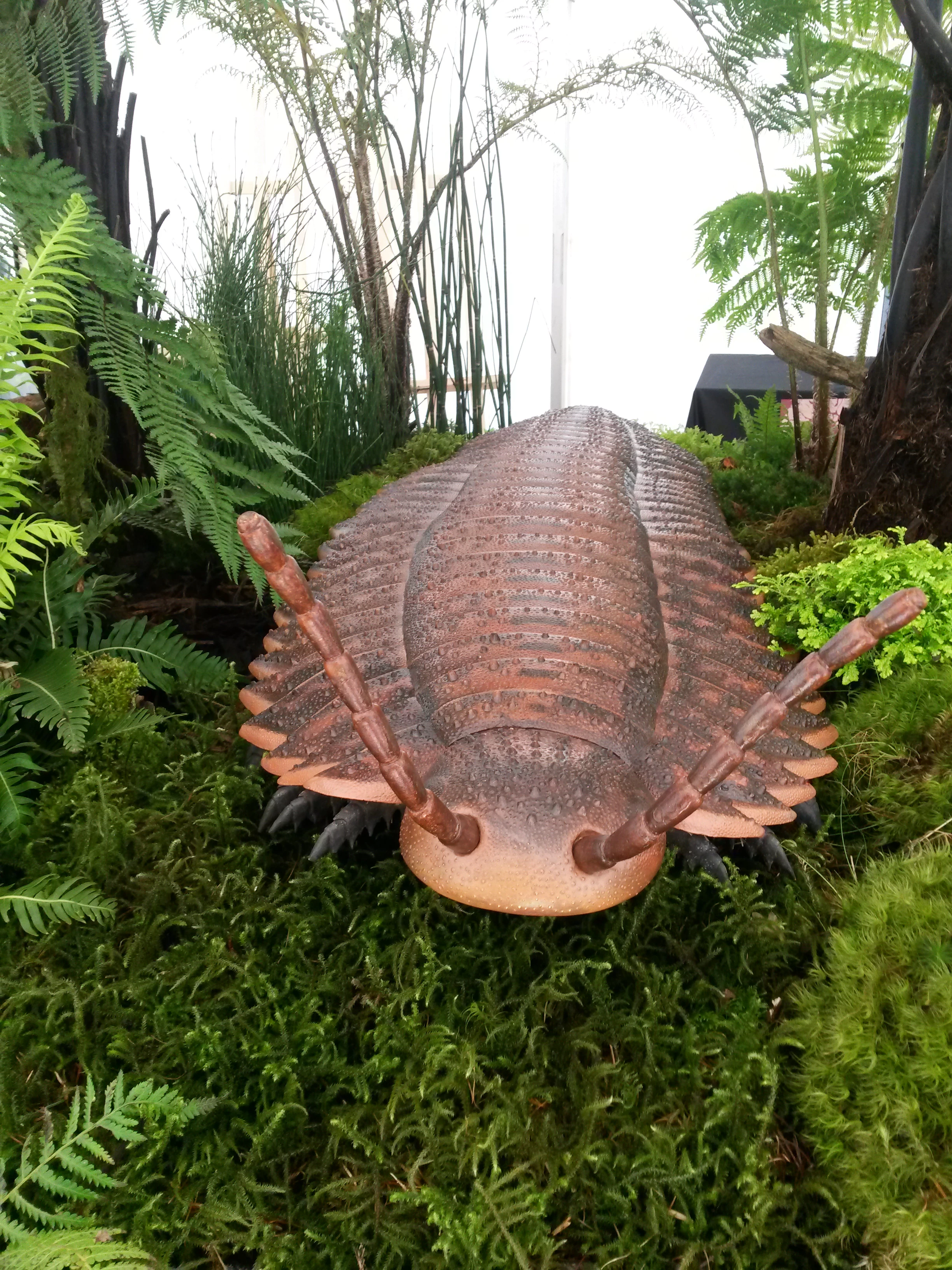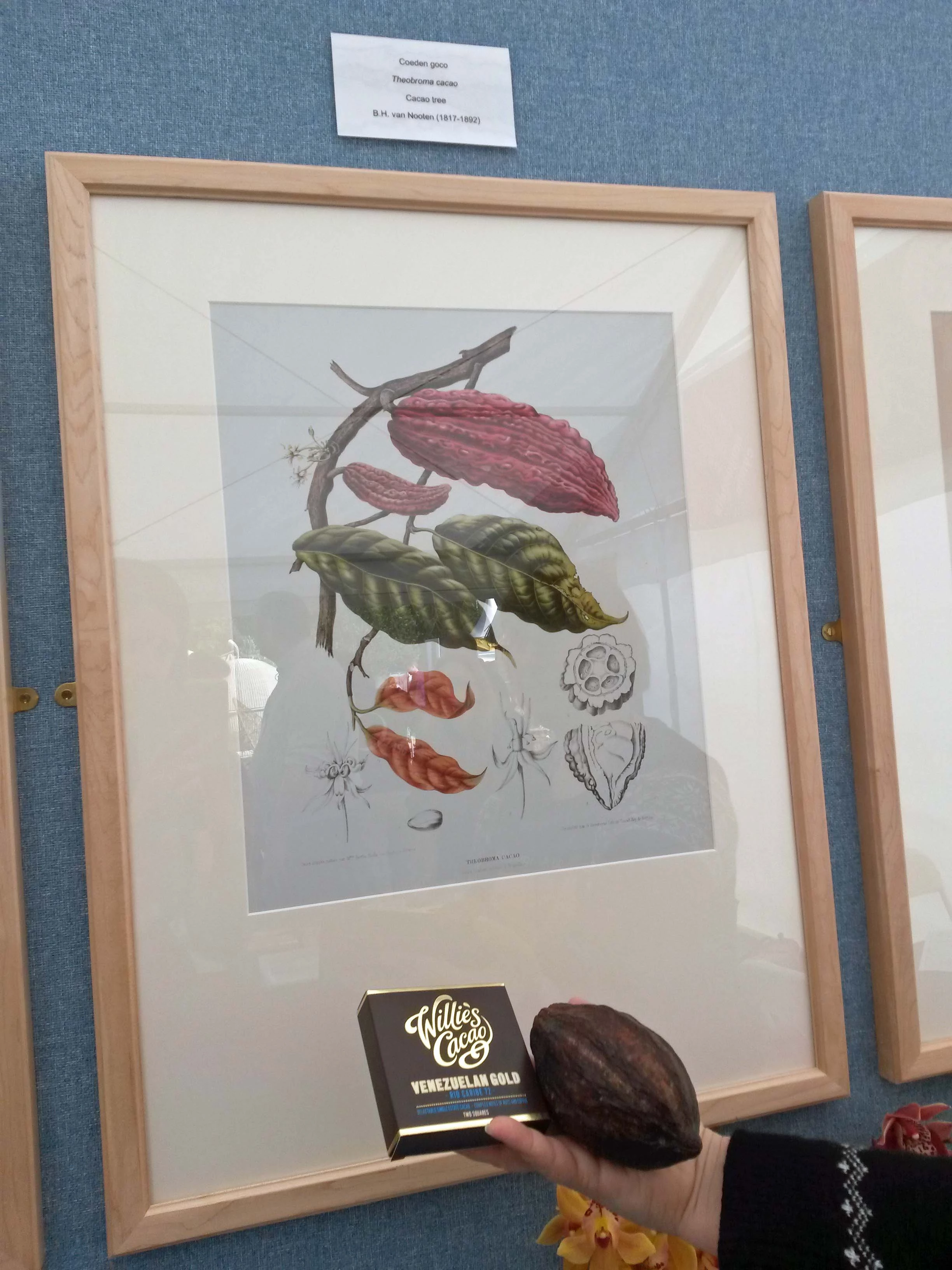Adrian in the Amazon - part 6
, 24 April 2015
Having completed our work at Yanayacu we have moved further down the eastern slopes of the Andes to the town of Tena in Napo Province. Here at only 500m above sea level it is much hotter than in the mountains - a truly tropical climate. The town is placed on the last slight hills before the Andes sweep down and merge onto the flatlands of the Amazon Basin. West of here, the rivers are fast and furious having dropped 3000m or more in just 50km through the mountains whereas to the east they become sluggish and it will take another 3000km for them to drop the remaining 500m to the sea.
Our visit to Tena is necessary to complete administrative formalities and to obtain permits allowing us to move the specimens we have collected between different provinces within Ecuador. After three visits to the Ministry of Environment, numerous phone calls, support from a well-connected colleague at the newly established university in Tena and from colleagues in Quito we are still waiting for a positive outcome!
Josenir and I have to move on to our next study site in Loja Province and we have no chance or getting the permits through in time. Fortunately, Eduardo has to remain in the town to deliver a 3-day entomology course to the students at the university. The hope is that he can complete the formalities and bring our specimens with him when he moves back to Quito next week and we can take them from him when we pass through Quito on our way out of the country. Meanwhile Josy and I have a plane to catch….
Find out more about what Adrian has been up to by reading his past blogs.
